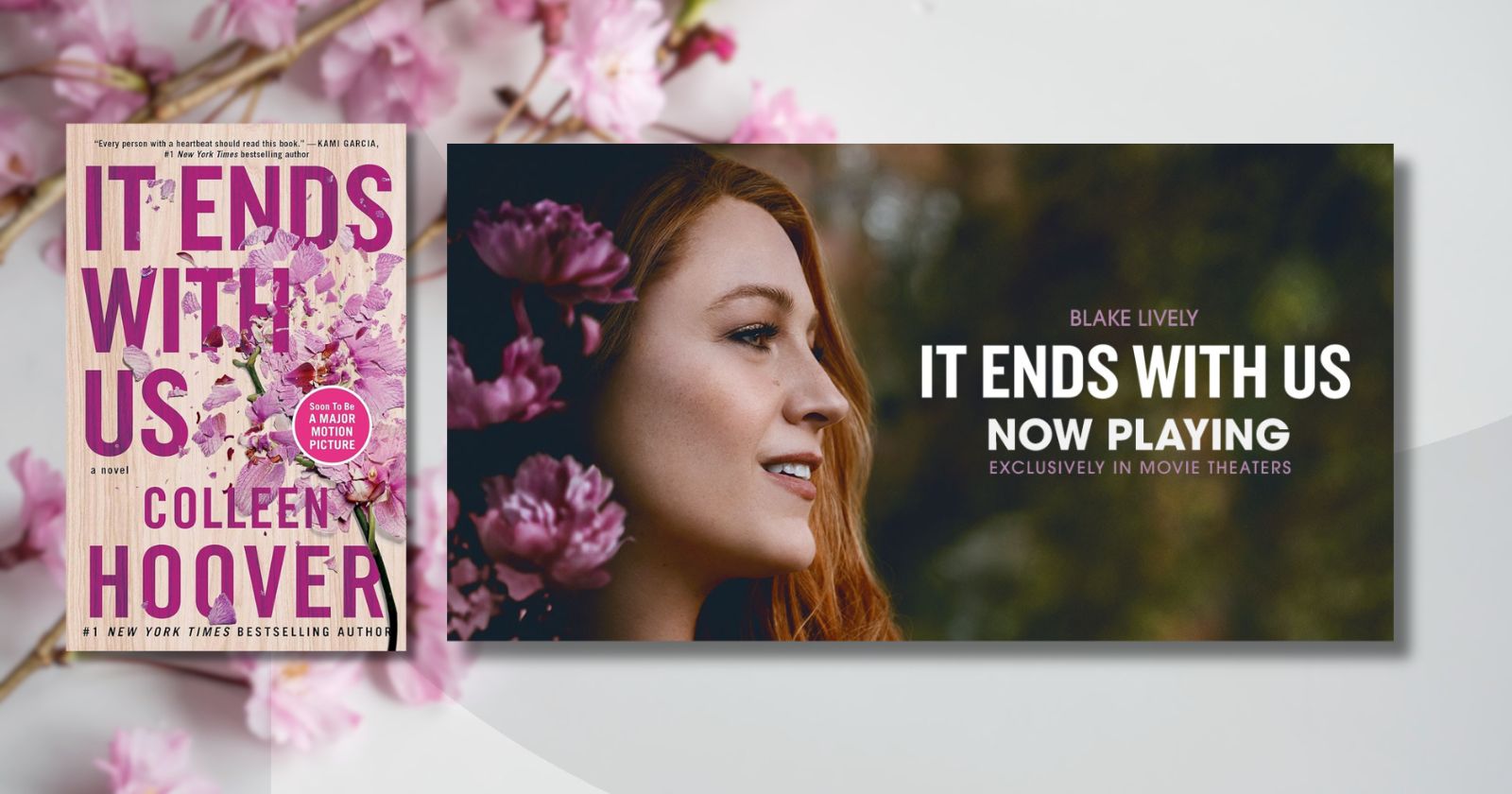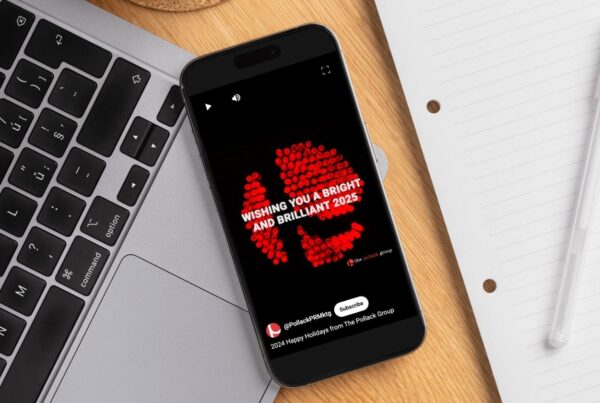The highly anticipated adaptation of Colleen Hoover’s bestseller It Ends With Us finally graced theaters, stirring a whirlwind of reactions. Yet, beyond the on-screen drama, it’s the film’s press tour that has sparked intense discussions, particularly the contrasting narratives presented by its lead actors, Blake Lively and Justin Baldoni. While both stars have taken on the challenge of representing the film’s heavy themes of love, trauma, and resilience, their approaches couldn’t be more different—and the public has noticed.
Blake Lively, stepping into the role of Lily Bloom, has spoken about the profound significance of portraying a woman who breaks free from a toxic relationship and domestic abuse. However, her promotional efforts have raised eyebrows, as they often veer into promoting her personal ventures, including her new hair care line, her beverage company, and even references to her husband, Ryan Reynolds’ latest Deadpool film. Her suggestion that viewers should “grab your friends, wear your florals” to see the movie has particularly sparked controversy, as it seems to downplay the film’s serious subject matter.
For audiences unfamiliar with the book’s core narrative—centered on the harrowing reality of domestic violence—Lively’s blending of commercial and personal branding with the film’s promotion has come across as tone-deaf. Critics argue that this approach dilutes the gravity of the story, making her messaging feel disconnected from the film’s intent. Instead of focusing on the raw emotional journey of her character, Lively’s attempts to merge her brand with the film’s message seem to have overshadowed the critical issues the story seeks to highlight.
In contrast, Justin Baldoni, who plays Ryle Kincaid, approached the press tour with a focus on vulnerability and the male perspective within the story. Baldoni’s portrayal of Ryle—a character whose charm and outward success mask deep-seated issues—has led him to explore the complexities of masculinity and the consequences of unresolved trauma.
In his interviews, Baldoni emphasizes understanding Ryle’s character not just as a villain, but as a deeply flawed individual grappling with his own demons. He discusses how the film provides an opportunity to open conversations about the pressures men face in conforming to societal expectations and how these pressures can sometimes manifest in harmful behaviors.
Baldoni’s key messages often revolve around the idea that vulnerability is not a weakness but a crucial part of healing and growth. He also approaches his responses with sensitivity towards his audience, particularly women who may be victims or survivors of domestic abuse, using his platform to provide understanding, support and resources for those in need. His approach has resonated with audiences, who have praised his thoughtful and genuine portrayal of his character’s challenges as well as his empathy to the broader struggles faced by women in dangerous situations.
As the press tour continues, the contrast between Lively’s and Baldoni’s approaches will likely continue to shape the public’s perception of the film. While both actors contribute to a wider conversation around the story’s themes, the differing perceptions of their messages underscore the importance of tone and timing when addressing complex and serious issues.
Crisis Communications Lessons
Lively’s experience during the press tour also demonstrates how easily a promotional strategy can backfire when not carefully aligned with the subject matter. The backlash against Lively’s messaging highlights the importance of anticipating audience reactions and ensuring that all promotional efforts are in harmony with the core themes of the project.
We often emphasize the necessity of a cohesive narrative. In this instance, it’s even more important because of the sensitive topics. In Lively’s case, the lack of alignment between her promotional activities and the film’s heavy subject matter created a disconnect that not only sparked criticism but also potentially damaged the film’s intended message. The situation illustrates how vital it is for public figures to strike a careful balance between personal branding and the issues they are discussing—especially when those issues are as weighty as domestic abuse.
For brands and individuals alike, the key takeaway from the “It Ends With Us” press tour is clear: in the age of instantaneous public feedback, authenticity and alignment are crucial. When promoting a project that deals with serious issues, it’s imperative to ensure that all messaging reflects the gravity of the subject matter. Failure to do so can quickly escalate into a full-blown crisis, overshadowing the positive aspects of the project and detracting from its intended message.
To learn more about how to manage and defend your brand from a crisis, and how to properly handle messaging, check out our CrisisGuard 365 solution and Message DNA solution.






